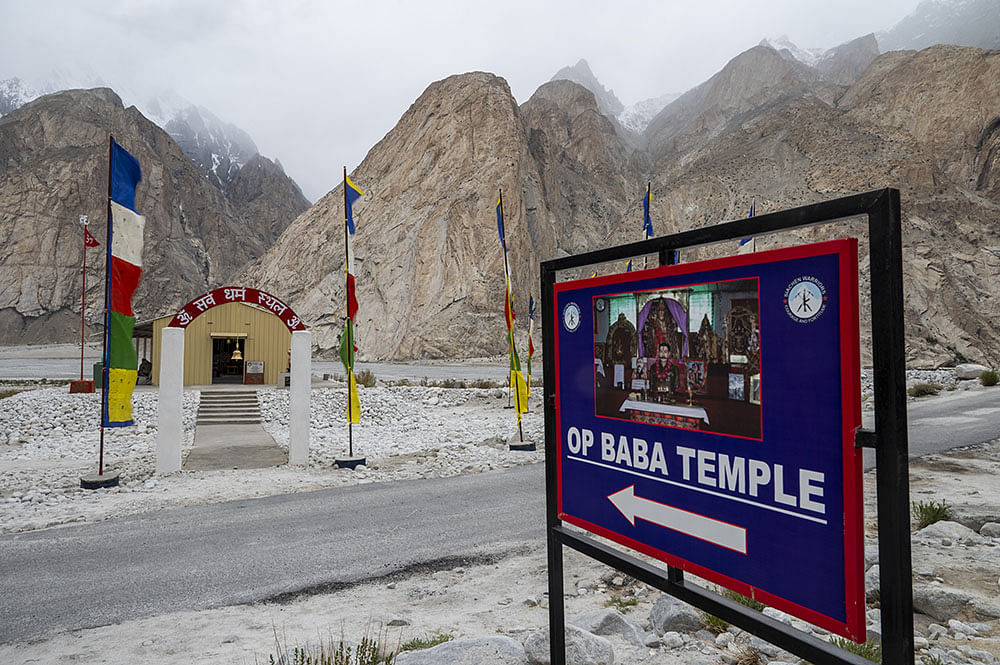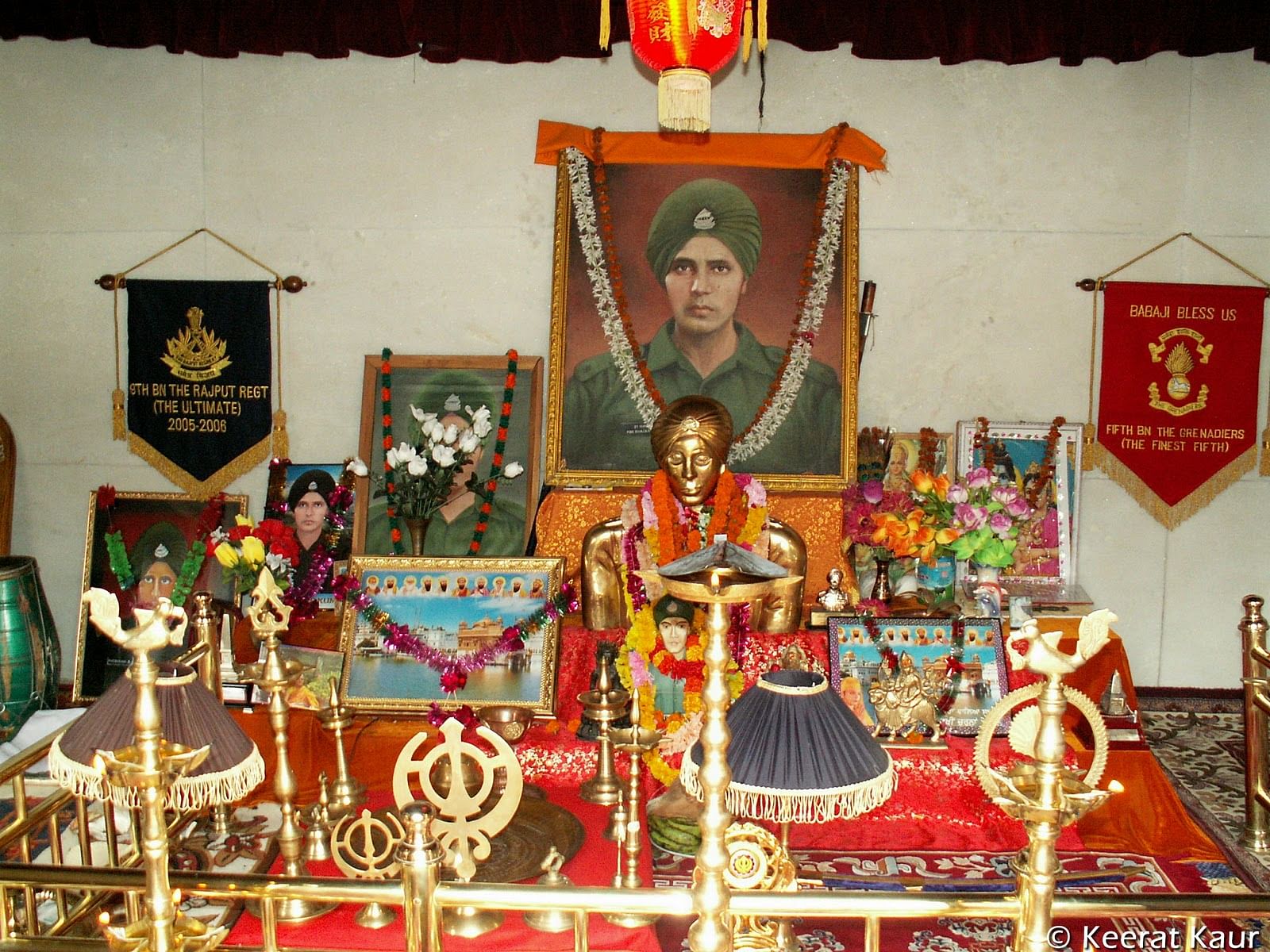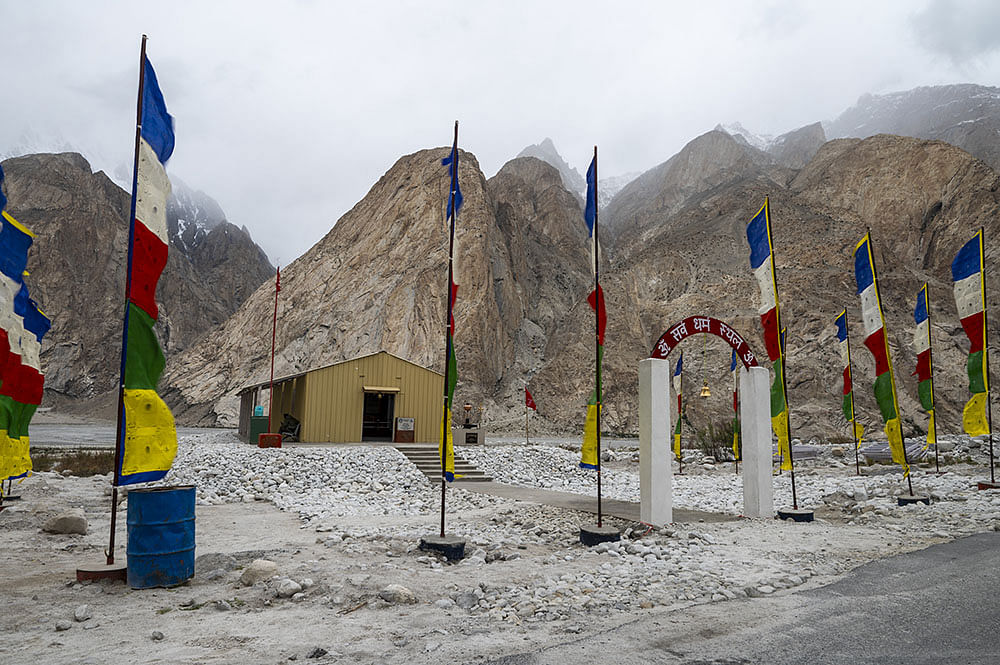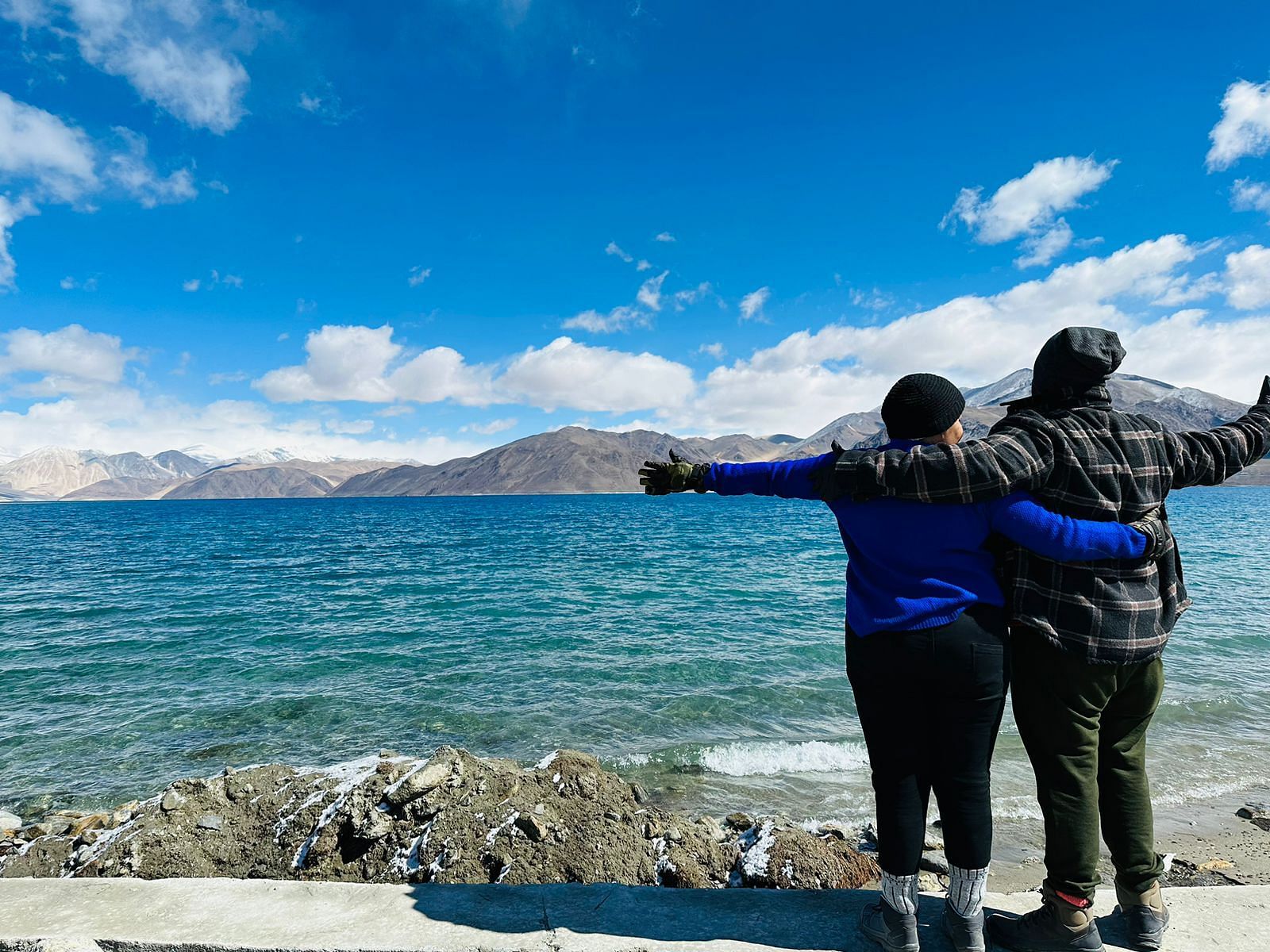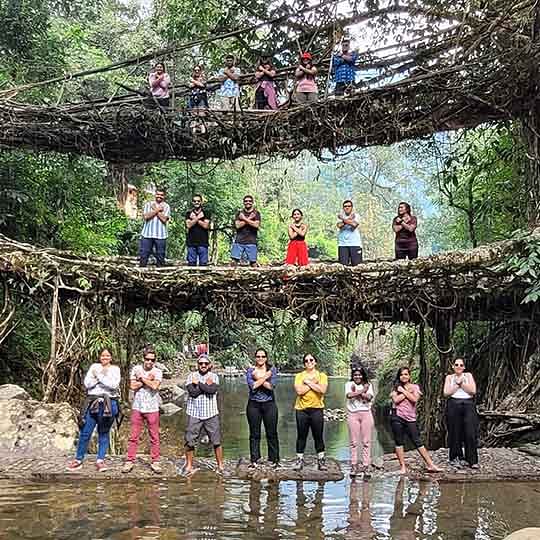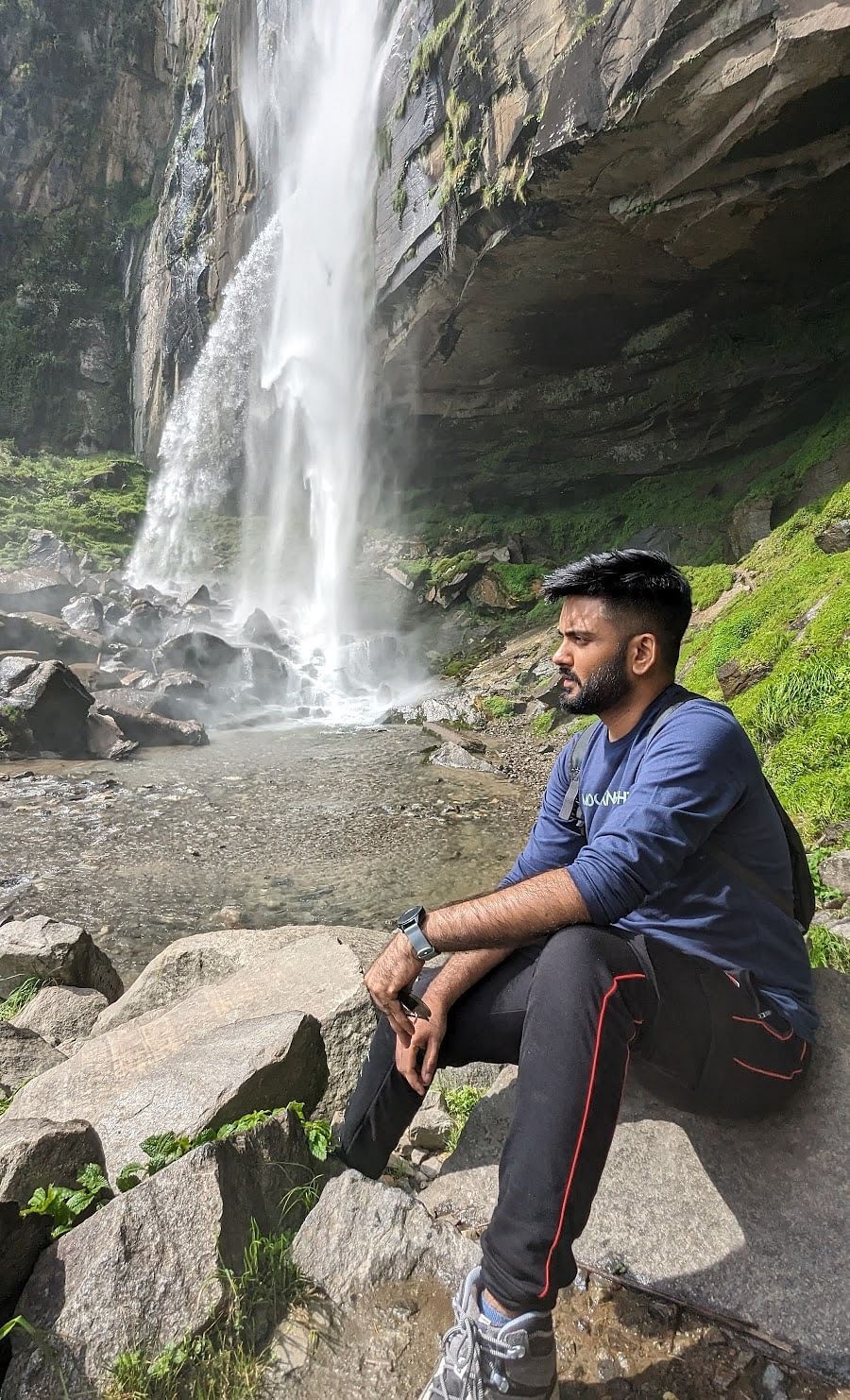There are so many professions — doctor, engineer, lawyer and so on! But have you ever seen parents proudly say, "Mera beta soldier banega!" the same way they do for engineers? Not very often, right? Because being a soldier isn't just a career choice. It’s something bigger. And sometimes, being a soldier isn't just about fighting for your country till your death — sometimes, it's about standing guard even after you're gone.
Somewhere in the freezing madness of Siachen, there’s a small shrine — OP Baba shrine. It’s not a fancy place. No shiny marble, no big statues. Just a simple spot where every soldier stops before heading further up into the glacier. They bow their heads, whisper a prayer, and move forward with a little extra courage in their hearts. Around here, people say that training and gear are fine, but in Siachen, you also need OP Baba's blessing.
Who exactly was OP Baba? What’s his story? Why do soldiers worship OP Baba? Let’s dive into how a soldier continues to serve, even in the afterlife.
Suggested Read: Baba Harbhajan Singh Temple: Story of Patriotic Ghost Soldier
Back in the late 1980s, a soldier named Om Prakash was posted at the challenging heights of the Siachen Glacier. One day, while on patrol at Malaun Post in the Bila Complex, he faced an enemy attack. Despite being alone, he managed to push them back — something not many could have pulled off in such tough conditions.
But after that day, Om Prakash never returned. No one knows exactly what happened — whether it was the extreme weather, the terrain, or something else. His body was never found, and only stories remained.
History of OP Baba Shrine Ladakh
After Om Prakash disappeared during a patrol in the late 1980s, stories of his unseen presence started spreading among the soldiers at Siachen. Many believed OP Baba never really left. Over time, these stories shaped into a deep tradition.
Today, at the Siachen Base Camp, just a few metres from where the Glacier melts into the Nubra River, stands the shrine of OP Baba — a place where every soldier stops before and after missions. Formal reports are given to him, just like they would to a commanding officer. It’s said that OP Baba doesn’t just protect troops from the enemy but also from the brutal cold, crevasses, avalanches, and the extreme challenges of the glacier itself.
Soldiers even talk about getting dreams that act like warnings whenever something is about to go wrong. As a mark of respect, troops give up tobacco, alcohol, and non-vegetarian food during their three-month postings on the Glacier. Over time, the shrine has been upgraded into a multi-faith temple, where prayers are offered to all deities — but it always begins with a salute and a report to OP Baba first.
Suggested Read: Chilkur Balaji Temple: Making Visa Dreams and Every Wish a Reality
How to Visit OP Baba Shrine in Siachen
Let’s be real. Visiting the OP Baba Shrine is not as simple as tossing a backpack and hopping on a bus. The shrine sits way up at the Siachen Base Camp, right where the mighty Glacier melts into the Nubra River. Sounds dreamy, right? But reality hits harder than you think.
The temperatures here can drop to -50°C (yes, you read that right). Even in summer, it is so cold that you will feel like you have stepped straight into a giant freezer. Plus, the oxygen levels are so low that even standing around can feel like a workout. That’s why, for safety and security reasons, civilians aren’t allowed to freely visit the shrine.
The only way you might get a chance is through special Army-organized events like the Siachen Civilian Trek, and even then, it’s super rare and heavily monitored. Most of the time, the shrine remains a place seen only by soldiers posted there — those who salute OP Baba before every mission and whisper a small prayer into the freezing wind.




